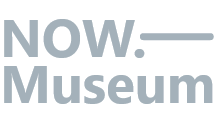What is the
Now.Museum?
The Now.Museum is an open science citizen project. Its aim is to make it possible to document, in real time and without preconceptions, the history of the present and the semiosphere of events, through the continuous capture and aggregation of digital elements. It facilitates the sharing, consultation, analysis and annotation of the digital documents that make it up, to help ensure the memory, knowledge and understanding of each of the events studied and their interactions.
To this end, it provides a search engine and automated description and analysis tools to explore the network of digital object collections that has been built up.
A digital museum of the present… for the future

The Now.Museum makes it possible to collectively capture the present so that future generations can learn about their past. As an infrastructure for study and heritage building, it aims to serve Europe’s historical, scientific, artistic and cultural heritage.
A historic role
Why document an event by continuously capturing its digital elements in real time and with no preconceptions?
While some events are identifiable as major from the outset (sometimes referred to as ‘historic’), others may be undervalued or take on a different dimension in the future.
Given the impossibility of predicting the future and of knowing what will be perceived as relevant after the event, the key is not to prejudge what may or may not be worth selecting.
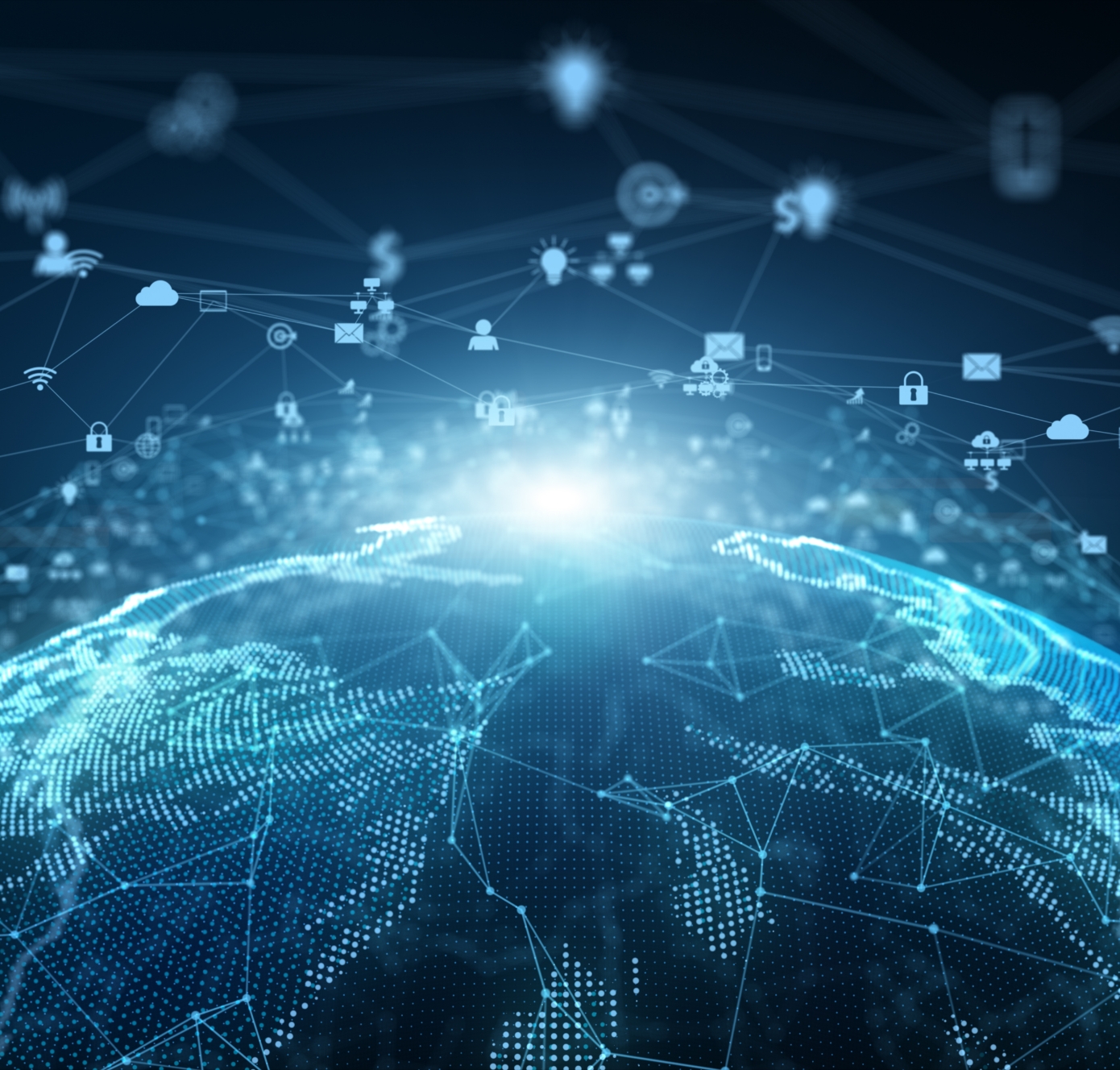
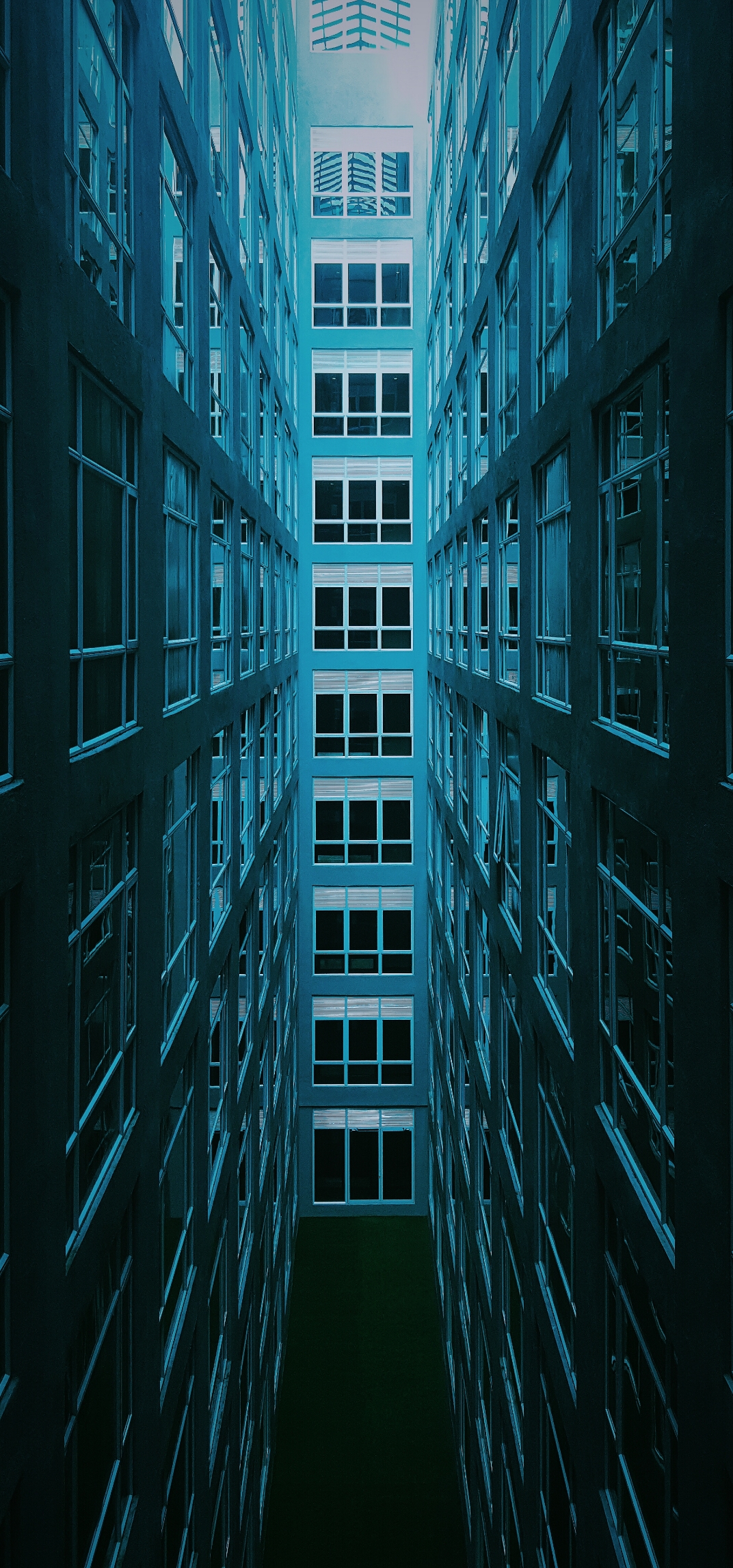
How does the Now.Museum work?
The Now.Museum uses a distributed and decentralised Web architecture. In compliance with the General Data Protection Regulation (GDPR), it allows you to:
- Capture, continuously and in real time, the digital elements produced by an event, and which extend it in return
- Link digital collections and their documentation These collections can be obtained automatically or manually. Decentralised, they may belong to the Now.Museum or to external contributors
- Make these digital traces visible, searchable and annotatable, so that they constitute objects of knowledge
- Identify significant elements concerning the event under study, using automated, standardised and reproducible description and analysis tools derived from artificial intelligence and, more broadly, from data science
How to use the Now.museum?
In addition to the personal research methods that Now.Museum users can use to find out about or work on the subjects that interest them, automated data description and analysis tools, as well as calculation resources, are available to them:
- A multilingual search engine that will provide answers in several languages from an entry that is itself in several languages;
- A dynamic timeline based on continuous captures, presenting them chronologically and offering a choice of languages, countries of origin, time period explored and keywords searched, using selectors;
- Knowledge graphs linking terms or concepts extracted from continuous captures, allowing the evolution and structuring of discourse to be tracked;
- Dynamic knowledge graphs using the capture date to track the chronological evolution of previous graphs and thus visualise the appearance of new terms or concepts.
The Now.Museum defends the principles of reproducible research and FAIR data (Findable, Accessible, Interoperable, Reusable).
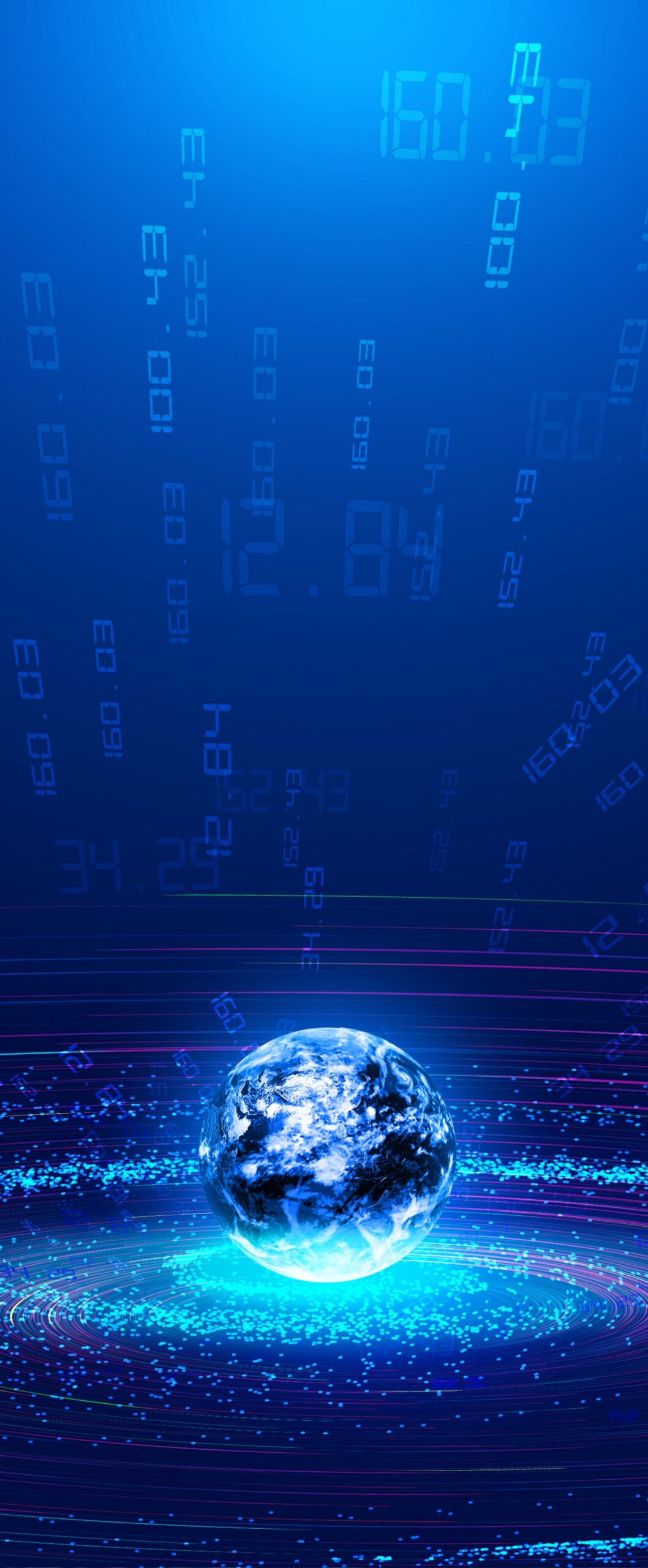
How to contribute or join
the Now.Museum?
Take part in a collection
You can deposit digital or digitised objects on this site when collections are organised. For example, the “Children’s drawings in times of confinement” project, which examines the experience of confined children through their drawings.
Join the Now.Museum by aggregating one or more collections
Whether you are an individual or an organisation, you can join the Now.Museum if you wish to share a collection of digital, digitised or digitisable objects in your possession. In this case, you remain the owner of the collection and your data.
Bringing together data science, computer science, the arts and the humanities and social sciences
The Now.Museum is a public digital space that hosts and links collections in the same spirit of preservation, networking and accessibility that characterised the Mouseîon of Alexandria during the Hellenistic period.
It aims to build up the present as a corpus of dynamic data archived in such a way that it can be consulted and used for future studies, particularly those with a strong historical and geographical dimension, in the arts, humanities and social sciences.
It is also intended to encourage multidisciplinary collaboration and contribute to the emergence, within scientific communities, of know-how at the crossroads of disciplines.
The Covid-19 Museum
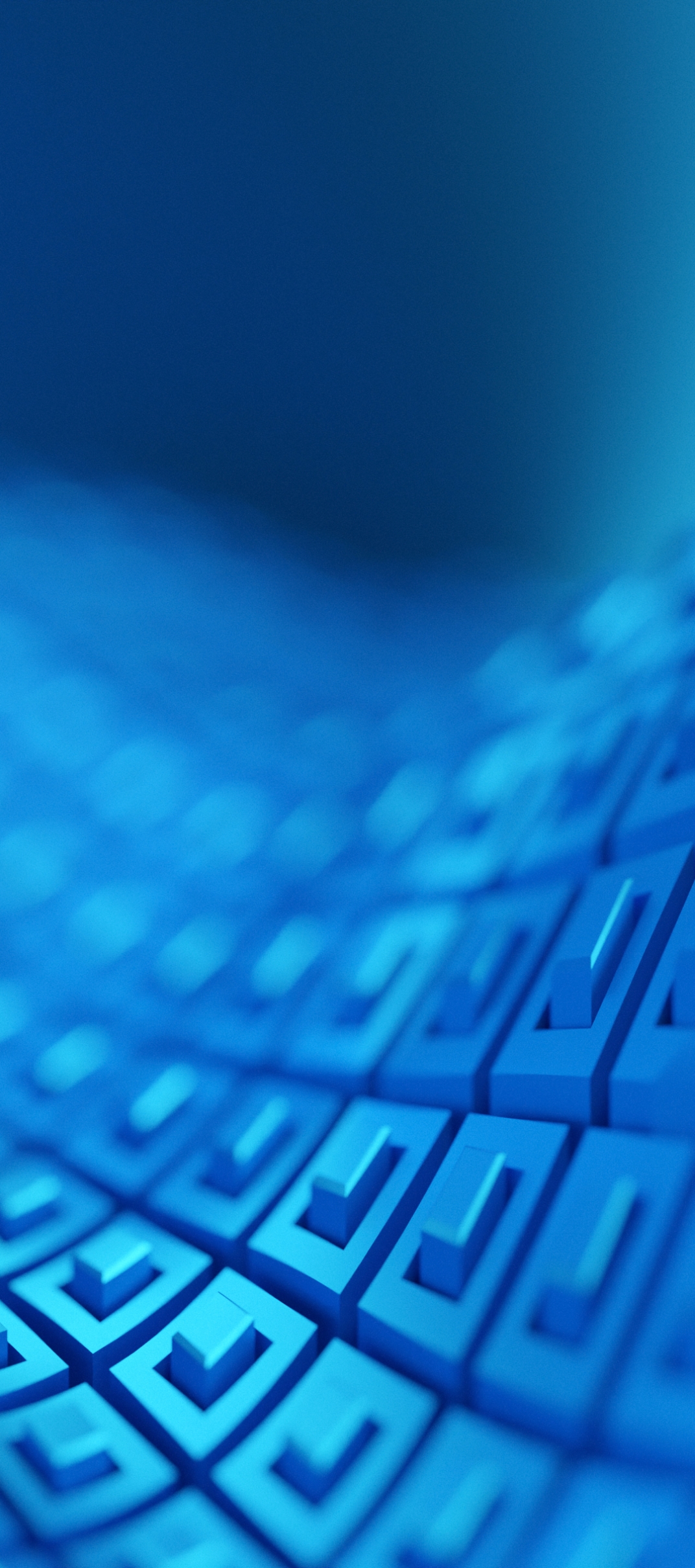
This is Covid-19.Museum, a distributed web portal for depositing, preserving, consulting and studying documents, which aggregates heterogeneous data and includes a search engine and computing resources for exploring them.
It is built like the semiosphere extracted from the Now.Museum using only the keywords “SARS-Cov-2” and “Covid” extended to related concepts via knowledge graphs obtained from the public sections of European newspapers. As a result, it provides an initial example of how the Now.Museum can reconstitute a semiosphere.
As a heritage tool for the period, dedicated to education and analysis, it aims to answer the question posed by the New York Times on 15 April 2020 about what historians will find when they look into the Covid-19 pandemic.
The Covid-19.Museum is, within the Now.Museum, the space-time dedicated to the pandemic linked to the appearance of SARS-Cov-2. It is building a public service for remembering, understanding and analysing the period that began with the discovery of SARS-Cov-2.
